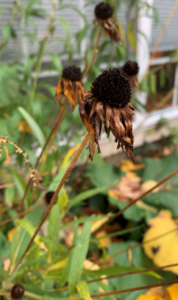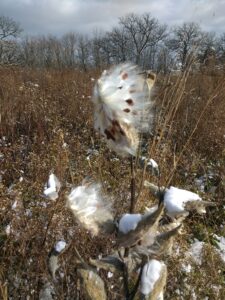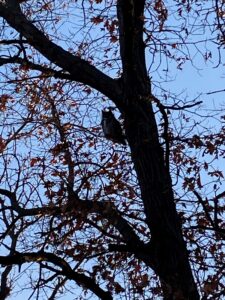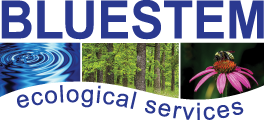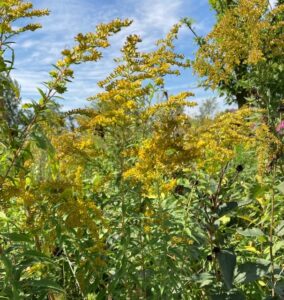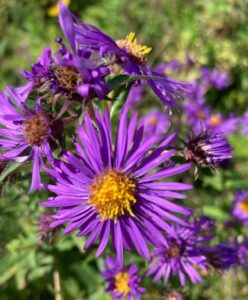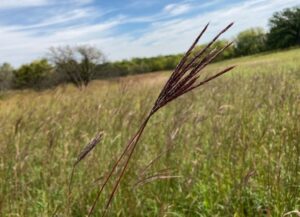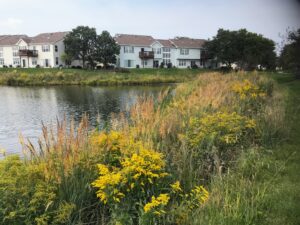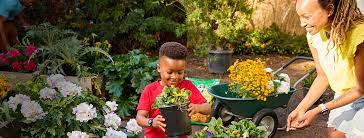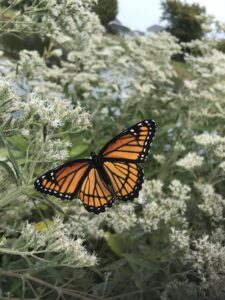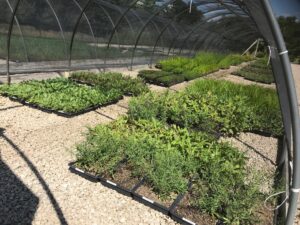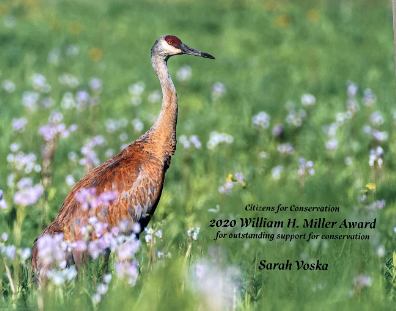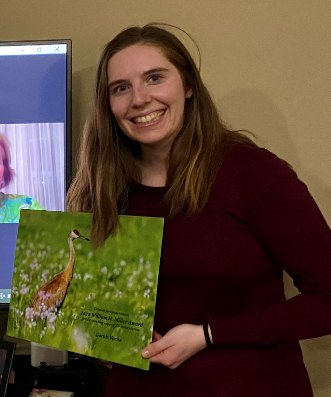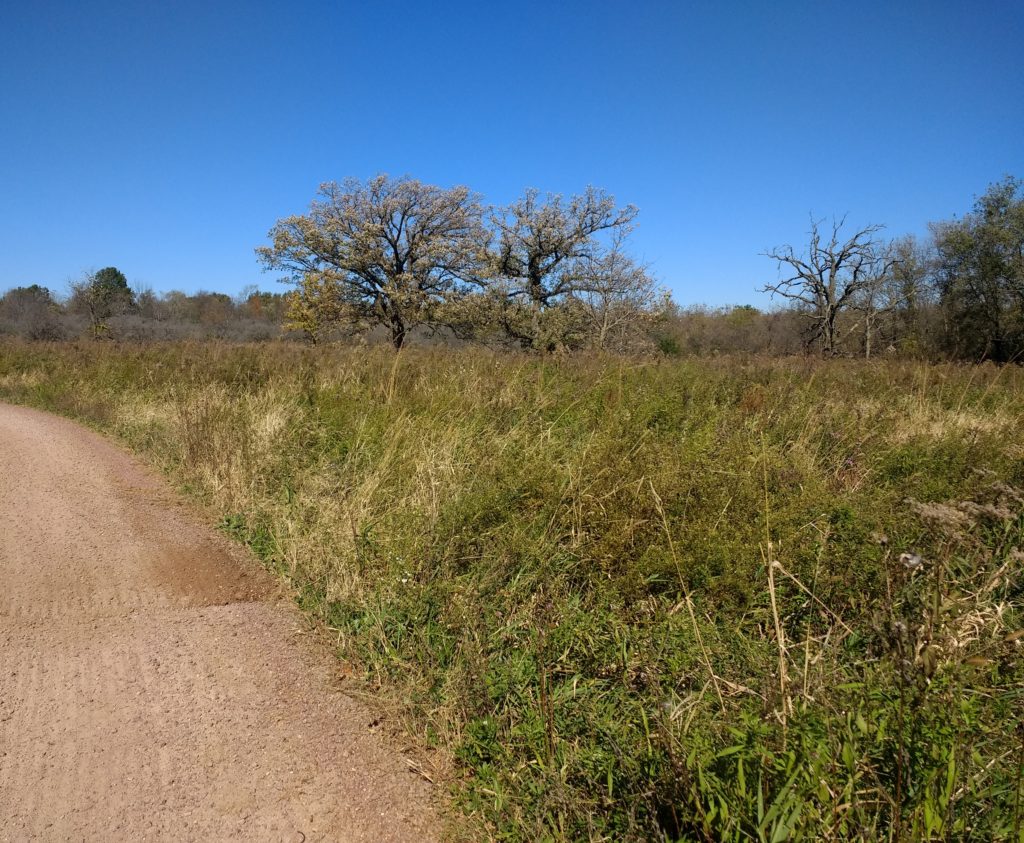By Elly Flemming & Sarah Voska (October 2022)
It’s that time of year again, the all too familiar crunch under your feet, the changing colors in the canopy, the swirling leaves in the Fall Breeze….
To some, the sound is satisfying, but to others, it reminds them of the sizable yard work tasks that may lie ahead. They hear the CRUNCH only to imagine rakes, garbage bags, and a lost Sunday afternoon. Raking is time consuming and creates a lot of “waste” materials. Leaves offer valuable nutrients and don’t deserve to be landfilled in black plastic, or carted off in Yard Waste bags. Leaf burning is prohibited in many areas and can be harmful to neighbors with respiratory conditions. What if there was something else you could do?
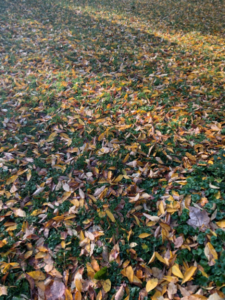 The simplest option is to leave them scattering your yard! Instead, of raking and bagging and hauling or burning, use them to save money on mulch or fertilizer. Plus, their presence in your yard will leave wildlife with shelter during the cold months ahead.
The simplest option is to leave them scattering your yard! Instead, of raking and bagging and hauling or burning, use them to save money on mulch or fertilizer. Plus, their presence in your yard will leave wildlife with shelter during the cold months ahead.
The leaves add valuable nutrients as they decompose into the soil, and provide shelter for those pollinators everyone is buzzing about. Many pollinator species benefit from the dead leaves in your yard, creating a natural habitat. Other insects, reptiles, amphibians, and even small mammals also use the colorful blanket of fallen leaves, so keep them in mind the next time you grab your rake. Finally, animals that consume these small creatures, such as birds or foxes, can prepare for the food-scarce months ahead.
The time saved by not raking could be spent birdwatching instead!
Now, you may be thinking: won’t the leaves kill my grass? But do not fear; there are excellent ways to have a tidy yard and a healthy ecosystem. One option is mulching the leaves. Dead leaves serve functions such as weed suppression, moisture retention and fertilizer in your landscape, just like store-bought mulch. Why buy mulch in the Spring when you can have free mulch right here?
Stand-alone Leaf mulchers can be purchased from Home Depot or WORX. Mulching Mowers can be purchased online or in store at Ace Hardware or rented from Rental Max (3-in-1 Push Mower or Flail Mower). Check your current lawn mower to see if it has mulching capacities too!
Once they’re mulched, you can add them to your garden bed or leave them on your lawn to feed the turf. You can pile them along woodland edges to decompose or add them to your compost pile.
A couple of other options for your fallen leaves are:
1. Add the leaves to garden beds or around the base of trees
2. Rake only certain sections of your yard and leave others for the wildlife
3. Fill the bottom of a raised bed or planting pot to add a nutrient layer
4. Start a compost pile or add them to an existing compost pile
5. Find out about yard waste pick up in your community
6. Put up a sign in your yard from any of these websites
-
- Leave the Leaves Sign from Xerces Society
- Leave the Leaves Sign from Missouri Prairie Foundation
- No Leaf Blowing from Etsy
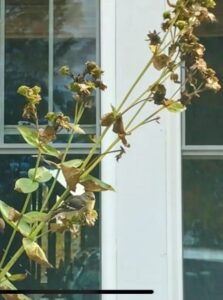
Your Fall Clean-up is not complete without addressing native plant beds and prairie area. I want to discuss leaving the seeds. Try to leave dead flowers and grasses standing in your yard as long as you can. Those flower heads and stalks are full of protein-rich seed, providing a valuable food source for hungry birds. Like leaves, many small invertebrates or small mammals may hibernate or lay eggs in the bunching grasses or dead stems over the winter. If you need to dispose of any dead plants, wait until Spring when the insects, birds, and small mammals have fresh food sources available.
For more information about any of the topics discussed above, please check out these other awesome posts about leaving the leaves (and seeds!):
• This Fall, Remember to Leave the Leaves on the Ground by The National Wildlife Federation
• Why You Should Leave the Leaves
• Leave The Leaves To Benefit Wildlife by Xerces Society
• Why You Should Leave Plant Debris in the Garden This Fall
